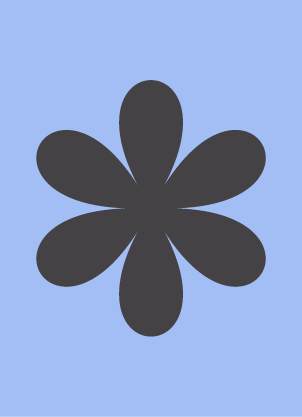Try our study magic for free
Summary: Human Pathology
- This + 400k other summaries
- A unique study and practice tool
- Never study anything twice again
- Get the grades you hope for
- 100% sure, 100% understanding
Remember faster, study better. Scientifically proven.
a PDF, study it super fast
- No sign up, email or credit card needed!
- AI makes unlimited flashcards
- Get unlimited quizzes and tests
- Ask AI anything
Create a notebook
- No sign up, email or credit card needed!
- Have and keep perfect overview
- Make flashcards, notes and mind maps
- Review, test and score!
Read the summary and the most important questions on Human Pathology
-
Neoplasia 1.1 & 1.2 - Pathology and genetic background of skin tumours
This is a preview. There are 43 more flashcards available for chapter 25/01/2021
Show more cards here -
Which two type neoplasms are there?
Benign and Malignantneoplasm -
Characteristics of benign neoplasm
- Only local growth
- no invasion in other tissue
- no metastases
- often slowly growing
- cell without 'atypia'
- Only local growth
-
Characteristics of Malignant neoplasm
- Invasion into other tissue
- can metastasise
- often rapid cellular growth, mitosis and meiosis
- cell with 'atypia'
- Invasion into other tissue
-
Types of genetic alterations leading to neoplasia:
- Mutations
- structural
chromosomal alterationstranslocations - copy number variations: losses or gains of parts or whole
chromosomes . - viral transformation (not discussed in detail)
-
Mutation = a nucleotide change in DNAforms of mutations:
Substitution
Frameshift:
insertion
deletion -
3 types of genes can be involved in oncogenesis:
1. (proto)oncogenes funcion : promotion of cell proliferation and survival- mutation/amplification: gain of function/ activation/ over expression
2. tumorsuppressor genes- Function: inhibition of cell proliferation of induction of apoptosis
- Mutation/loss: inactivation/loss of function
- Function: repair of DNA replication errors
- Mutation: loss of function (accumulation of DNA errors)
-
Two types of mutations are:
Somatic - acquired
- present only in certain cells of the body, dependent on cause
- e.g. UV induced TP53 mutation in epithelial cells of the skin
Germline mutations- Hereditary, congenital
- present in all cells of the body
-
What are some simple alterations of Benign neoplasia's?
- Most common nevi (moles) have only one mutation. 60%
BRAF , 20%NRAS Spitz nevi (non pigmented moles in children) have one chromosomal translocation. ALK, ROS of NTRK translocation Some spitz nevi have one HRAS mutation and one gain of chromosome 11p
- Most common nevi (moles) have only one mutation. 60%
-
Cancer is a multistep process: clonal evolution model
- Several
mutations (usually at least 6 steps) in different genes controlling cell growth, different and death. - often starting with a
precancerous genetic change - addition genetic changes lead to
cancerous growth - autonomous cell
proliferation - loss of cell contact
inhibition : invasion occurs - new vessels develop
- growth in to vessels and
metastasis can occur
- Several
-
What is the largest organ of the body?
The skin. About 4kg . That's why skin cancer rising, life long exposure to UV light.
Read the full summary
This summary +380.000 other summaries A unique study tool A rehearsal system for this summary Studycoaching with videos
- Higher grades + faster learning
- Never study anything twice
- 100% sure, 100% understanding
Topics related to Summary: Human Pathology
-
Neoplasia & - Pathology and genetic background of skin tumours
-
Neoplasia molecular pathology: Gene mutations in tumour
-
Neoplasia molecular pathology: Chromosomal change
-
Neoplasia (rewatch Lc)
-
Neoplasia- Cervical cancer, threatment
-
Endocrine system Anatomy and physiology
-
Endocrine system Anatomy Pathology of pituitary gland
-
Pathology of nerves system Alzheimer's disease
-
Urinary tract histology introduction
-
Tissue preparation & techniques
-
Nephropathology
-
Research on Nephropathology































